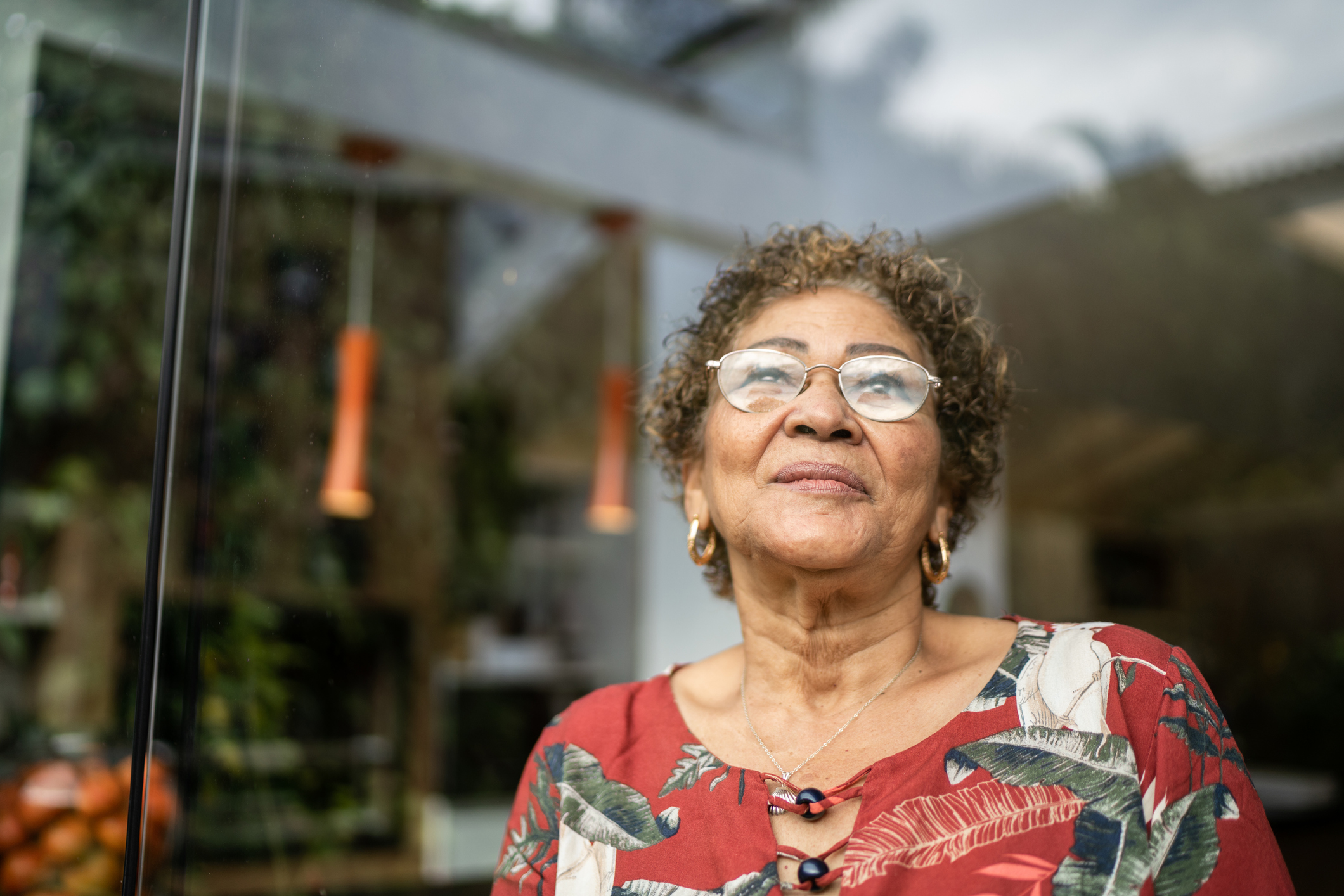Not everyone is comfortable with the term, but at Emmanuel Hospice, professional caregivers are increasingly leaning on the concept of a “good death,” and gently sharing with their patients how embracing it can help them transition from this world to the next.
“There’s no one definition for it, but in virtually every case, it has to do with paying attention to a person’s goals at the end of life,” says Eleazar “Ellie” Lopez, a spiritual caregiver at Emmanuel Hospice. “What do you want and how can we help? How can we deliver that comfort and care?”
Relatively speaking, a “good death” is a fairly new term that is understood in different ways across various places and cultures. Some experts tend to agree it should focus on a death free from avoidable distress and suffering, a hallmark of hospice care in general. There also is consensus a good death aligns with needs and wishes expressed by patients and their loved ones.
“It can be different, though, for each person,” Lopez points out. “For me, I would make sure I’d apologize to people I may have hurt during my life. And I’d want to make sure my family was with me. So, it would be about reconciliation and relationships.
Lopez recalls that just last month, he counseled a woman who was having issues with her children, and asked, “How can we make the most of this Mother’s Day?” because it was possible she would not be alive to celebrate another.
Lopez believes one of the best ways to dignify people and help them have a good death is to listen to their stories – and be aware of how those stories connect us to one another and celebrate both our differences and commonalities.
“Each life is a story worth telling,” he says, “and each experience helps make that story special to that individual. So, you listen, and I believe listening is what I’m good at. When a person passes, their stories are now my stories, and I have them in me.”
Lopez brings a unique perspective to his job. He labored for many years in the restaurant industry, as well as in a heat-treatment facility. He’s been employed at Emmanuel for just under two years.
He’s generous with his time and gifts, aware that when he visits a hospital or retirement community, a complete stranger might summon him to their bedside upon discovering the role he plays: “I might pray with several people in a day whom I wasn’t there to visit.”
In taking time for patients, Lopez believes he’s helping people create that good death because someone is acknowledging thoughts and feelings that can assist them in moving forward in a positive way on what is arguably a difficult journey.
“Their goals become my goals,” he says. “I support them in the moment, and where they are in that moment. I want to offer quality over quantity of life. At Emmanuel, it’s what we do. It’s who we are.”
For more information, visit EmmanuelHospice.org.
# # #
